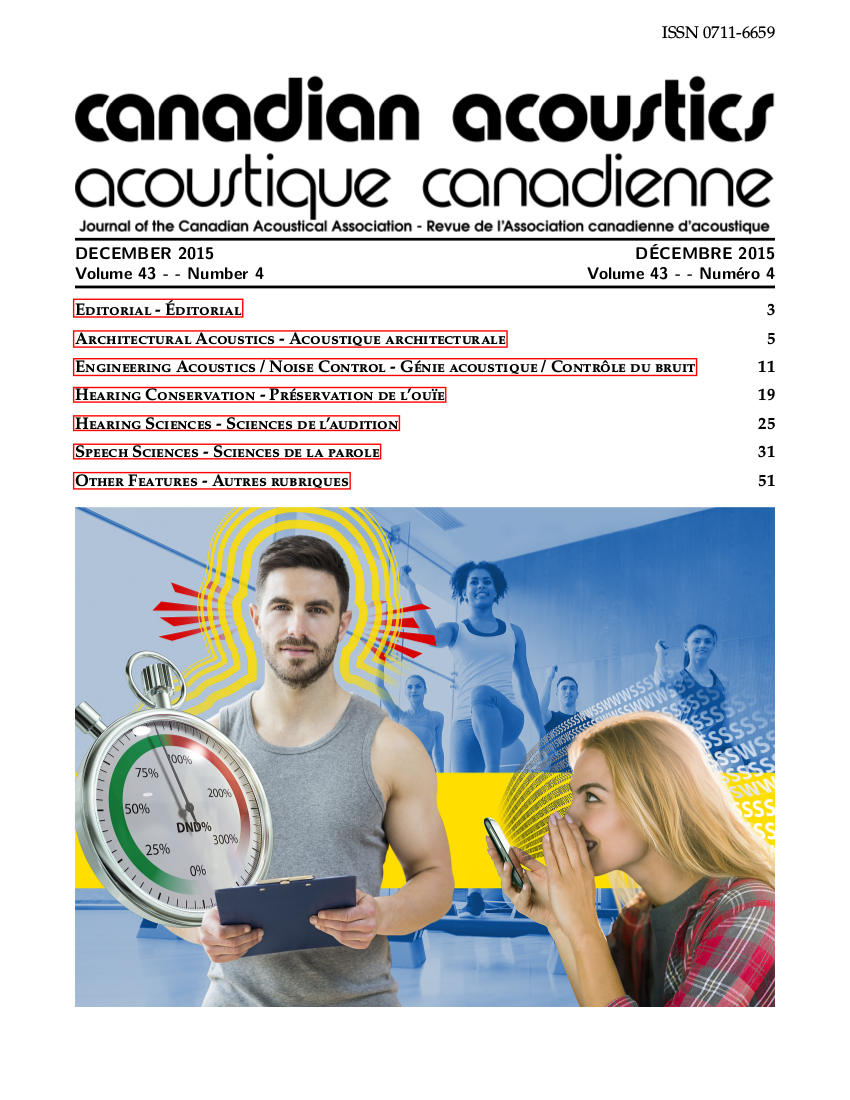Study of Cavity Modal Damping: A Numerical Methodology for Acoustic Evaluation Using the Finite Element Method in Vehicle Bodies Based on Experimental Tests
Mots-clés :
Finite Element Methods, Acoustic Control, Trimmed body, Numerical Experimental Correlation, Modal Damping,Résumé
This work focuses on finding a numerical solution for vehicle acoustic studies and improving the usefulness of the “Numerical experimental” parameters for the development stage of a new automotive project. Specifically, this research addresses the importance of cavity modal damping for vehicle exerts during numerical studies. This research then seeks to suggest standardized parameter values of modal cavity damping in vehicular acoustic studies.This standardized value of modal damping cavity is of great importance for the study of vehicular acoustics in the automotive industry because it would allow the industry to begin studies of the acoustic performance of a new vehicle early in the conception phase with a reliable estimation that would be close to the final value measured in the design phase. It is common for the automotive industry to achieve good levels of numerical-experimental correlation in acoustic studies after the prototyping phase because this phase can be studied with feedback from the simulation and experimental modal parameters.
Thus, this research suggests values for cavity modal damping, which are divided into two parts due to their behavior:
?(x) =-0.0126(x-100)+6.15 as a variable function to analyze up to 100 Hz and 6.15% of cavity modal damping constant for studies between 30 Hz and 100 Hz.
The sequence of this study shows how we arrived at these values.
Fichiers supplémentaires
Publié-e
Comment citer
Numéro
Rubrique
Licence
Author Licensing Addendum
This Licensing Addendum ("Addendum") is entered into between the undersigned Author(s) and Canadian Acoustics journal published by the Canadian Acoustical Association (hereinafter referred to as the "Publisher"). The Author(s) and the Publisher agree as follows:
-
Retained Rights: The Author(s) retain(s) the following rights:
- The right to reproduce, distribute, and publicly display the Work on the Author's personal website or the website of the Author's institution.
- The right to use the Work in the Author's teaching activities and presentations.
- The right to include the Work in a compilation for the Author's personal use, not for sale.
-
Grant of License: The Author(s) grant(s) to the Publisher a worldwide exclusive license to publish, reproduce, distribute, and display the Work in Canadian Acoustics and any other formats and media deemed appropriate by the Publisher.
-
Attribution: The Publisher agrees to include proper attribution to the Author(s) in all publications and reproductions of the Work.
-
No Conflict: This Addendum is intended to be in harmony with, and not in conflict with, the terms and conditions of the original agreement entered into between the Author(s) and the Publisher.
-
Copyright Clause: Copyright on articles is held by the Author(s). The corresponding Author has the right to grant on behalf of all Authors and does grant on behalf of all Authors, a worldwide exclusive license to the Publisher and its licensees in perpetuity, in all forms, formats, and media (whether known now or created in the future), including but not limited to the rights to publish, reproduce, distribute, display, store, translate, create adaptations, reprints, include within collections, and create summaries, extracts, and/or abstracts of the Contribution.


